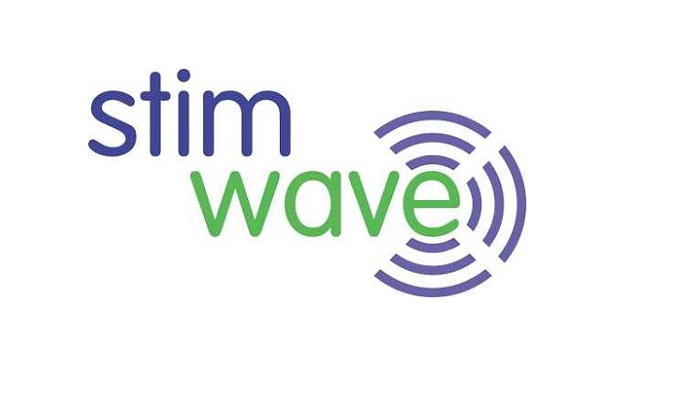StimGuard, a privately-held, pre-commercial medical device company, today announced it is commencing a head-to-head study for its Chronic Affarent Nerve Stimulator, an office-based OAB therapy versus the surgical based standard of care, Sacral Nerve Stimulators, which makes Medtronic over $600 million a year for its InterStim®.
The news follows the recent FDA Investigational Device Exemption (IDE) approval of the clinical trial for the world’s first, fully percutaneously implantable device for the treatment of urgency urinary incontinence resulting from refractory overactive bladder (OAB) syndrome.
The StimGuard device utilizes wireless technology to activate the afferent micturition (neural urinary) pathways and is placed through a needle at the tibial nerve in a minimally-invasive, office-based procedure. This device is in stark contrast to sacral nerve stimulation that has been the gold-standard for more than 20 years, is done in an operating room under anesthesia with fluoroscopic imaging and involves implantation of a lead at the sacral nerve and a large battery unit that lasts only four to five years.
This clinical trial will focus on implanting a small neurostimulator at the tibial nerve under ultrasound guidance and utilize a discreetly worn external transmitter to provide energy and therapy to the implanted device. The clinical trial will assess the effectiveness of delivering pulsed electrical energy to surrounding tibial nerves that travel to the sacral nerves to regulate bladder function.
Should the results prove successful, StimGuard plans to offer a commercial product solution that would enable clinicians to treat urgency urinary incontinence associated with OAB in an office-based procedure through a needle in place of a sacral stimulator surgery.
“An electrode implanted at the tibial nerve in an office setting with the potential to provide the same outcomes as sacral neuromodulation will be a game changing option for urgency urinary incontinence associated with OAB,” said Kenneth M. Peters, MD, a recognized authority on incontinence and a consultant for StimGuard. “StimGuard’s innovative technology has the potential to provide similar outcomes as sacral nerve stimulation in an office based procedure, which could drastically reduce the cost of care while allowing more patients to be treated, improving accessibility to a non-drug treatment option for many patients with OAB.”
More than 37 million Americans – one out of every six adults – live with some level of OAB. OAB treatment varies depending on the severity of the symptoms, with the estimated cost to the U.S. healthcare system at more than $60 billion per year.
For more information about the StimGuard clinical trials, please visit www.clinicaltrials.gov.
About StimGuard
StimGuard is a privately held medical device company engaged in the development, manufacture, and commercialization of wirelessly powered, microtechnology neurostimulators, providing patients with a convenient, safe, minimally invasive, and highly cost-effective urological solution that is easily incorporated into their daily lives. StimGuard’s goal is to evolve its patented, cutting-edge platform into the default for neuromodulation, increasing the accessibility for patients worldwide while lowering the economic impact of urinary management. www.stimguard.com.


















